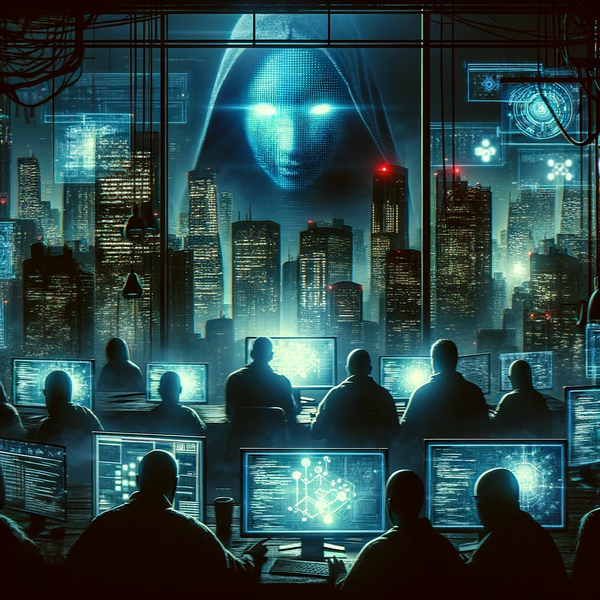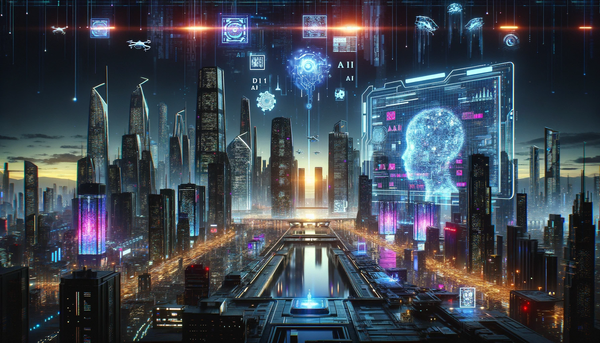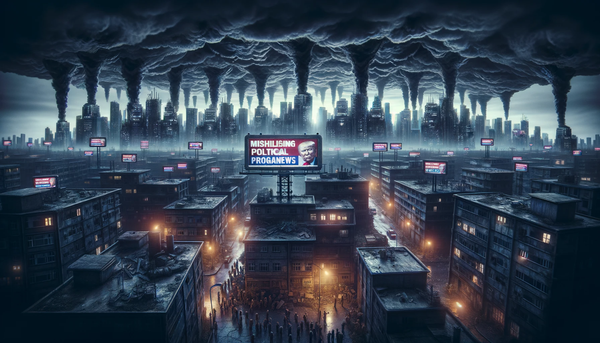The Dark Battle: Disinformation in the Age of Speed and the Absence of Fact-Checkers
In an era where news spreads at lightning speed, newsrooms without fact-checkers risk becoming conduits of disinformation. Generative AI & LLMs can produce counterfeit narratives faster than ever, making the fight against fake news a pressing concern for our democracy.

In today's fast-paced media environment, fake news and disinformation are more than just buzzwords. They're threats to the very fabric of our democracy, contaminating the pool of knowledge from which we all drink. As the Internet age surges ahead, news now spreads at the speed of light, reaching corners of the world in mere seconds. Yet with this rapid dissemination, arises a monumental challenge: How can newsrooms ensure the accuracy and integrity of the information they share?
Generative AI and LLMs (Large Language Models) are the new kids on the block, flexing their computational muscles to produce content that mimics human language with eerie precision. The capabilities of these AI models are remarkable, often surpassing human abilities in generating information. But in the hands of malicious actors, they pose significant risks. Fake news articles, falsified documents, and counterfeit narratives can be churned out at an unprecedented rate, making the battle against disinformation even more arduous.
Newsrooms have traditionally been the bastions of journalistic integrity. Their purpose? To disseminate accurate, timely, and unbiased news to the public. Yet, with the increasing demands for quick turnarounds and the omnipresent pressure of being the first to break a story, many news outlets may succumb to publishing unchecked facts. Without dedicated fact checkers on staff, these institutions risk inadvertently becoming conduits of disinformation.
Walking back mistakes is a herculean challenge in this age. Once a piece of fake news makes its way onto the Internet, it's like trying to un-ring a bell. The sound has already traveled far and wide, and the damage is often irreversible. Correcting an error after the fact seldom reaches as many eyes and ears as the original falsehood. The stain of inaccuracy lingers, eroding public trust and sullying the reputation of the news outlet.
Think of it this way: Imagine a poison infiltrating the water supply of a large city. By the time the contamination is discovered and an alert is sounded, countless people have already consumed the tainted water. And even if the source is swiftly cleaned up, the lingering effects of that poison can last for generations. Similarly, once disinformation is out there, it seeps into the collective consciousness, altering perceptions and shaping opinions in ways that are difficult to counteract.
For a news viewer, consider the potential consequences on a national scale. Let's say a falsified story about a prominent political figure is rapidly spread, undermining their reputation and affecting their ability to lead effectively. The fallout can be enormous, from shifting the balance of power in Washington to influencing the outcome of a crucial election. In a world without fact-checkers, who stands guard against such dangerous narratives?
It's a chilling thought, isn't it?
The battle against fake news and disinformation is not just about correcting inaccuracies. It's about safeguarding the foundational principles upon which our society is built: truth, trust, and transparency. It's about ensuring that the information that shapes our world views, informs our decisions, and drives our actions is reliable and valid.
In conclusion, as the menace of generative AI and LLMs looms larger, the need for dedicated fact-checkers in newsrooms becomes ever more critical. These are the sentinels who stand on the front lines, defending us against the dark tide of disinformation that threatens to engulf our information landscape. Without them, we risk drowning in a sea of falsehoods, with truth becoming the first casualty.



